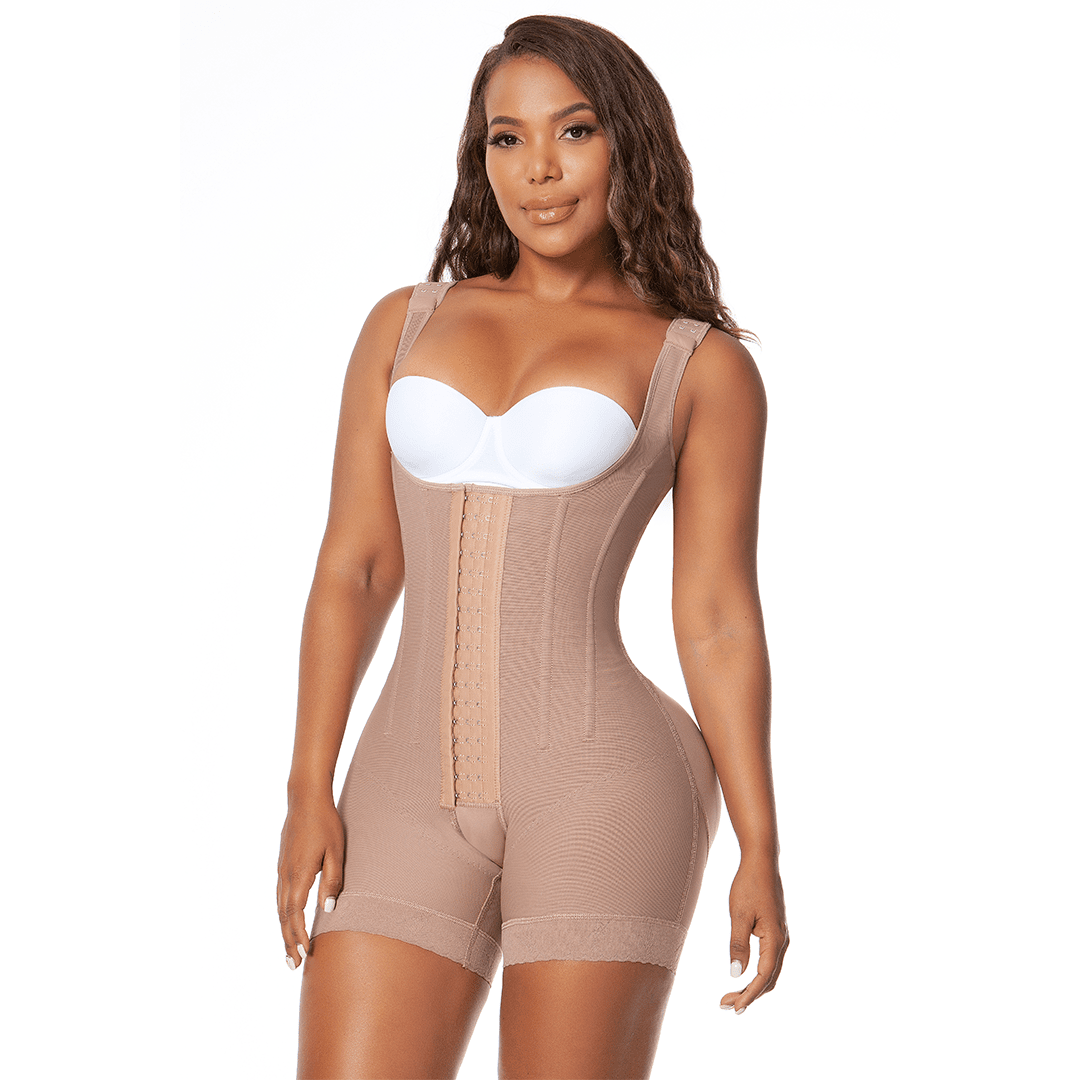Combining Diet and Compression Garments for Optimal Recovery
When it comes to postoperative recovery, a comprehensive approach can make all the difference. Beyond the immediate healing process, what you eat and how you care for your body can significantly impact your overall recuperation. Combining a well-balanced diet with the use of compression garments can be a winning strategy for optimal recovery. Here, we explore how these two elements can work together to promote healing and enhance your well-being.
1. Consult Your Surgeon:
Before embarking on any changes to your diet or deciding to use compression garments, it's essential to consult with your surgeon. They are your best source of guidance and can provide specific recommendations based on the type of surgery you've undergone and your individual health needs.
2. Follow a Postoperative Diet Plan:
A key component of a successful recovery journey is proper nutrition. Collaborate with a nutritionist or dietitian to create a postoperative diet plan tailored to your specific needs. Your diet should be rich in essential nutrients like protein, vitamins, minerals, and antioxidants that support tissue repair and boost your immune system. Be sure to discuss any dietary restrictions or considerations with your healthcare team to ensure your diet aligns with your recovery goals.
3. Choose the Right Compression Garment:
Compression garments can play a significant role in postoperative recovery by reducing swelling, improving circulation, and providing support to the surgical area. However, not all compression garments are created equal, and it's crucial to select the right one. Rely on your surgeon or healthcare provider's recommendations to choose a garment that suits your surgery and recovery needs. Ensure it fits properly and provides the necessary level of compression for your comfort and healing.
4. Stay Active:
While it's crucial to allow your body to rest and recover after surgery, incorporating gentle physical activity as recommended by your surgeon can be beneficial. Light movements, such as walking, can aid in circulation and promote healing. Staying active within your prescribed limits can prevent complications like blood clots and help you regain your strength gradually.
5. Stay Committed:
Consistency is key to a successful recovery journey. Commit to your postoperative diet plan, ensuring you consume the right nutrients to support your body's healing processes. Similarly, adhere to your surgeon's instructions regarding the use of compression garments. Consistent wear of these garments can help manage post-surgery swelling, improve blood flow, and support the surgical site.
Remember Individualized Care:
It's essential to recognize that every surgical procedure is unique, and individual recovery needs may vary. Your surgeon is your primary resource for understanding the specific requirements of your surgery and the most suitable approach to postoperative care. Always follow their recommendations diligently and seek their guidance on diet and the use of compression garments throughout your recovery.








